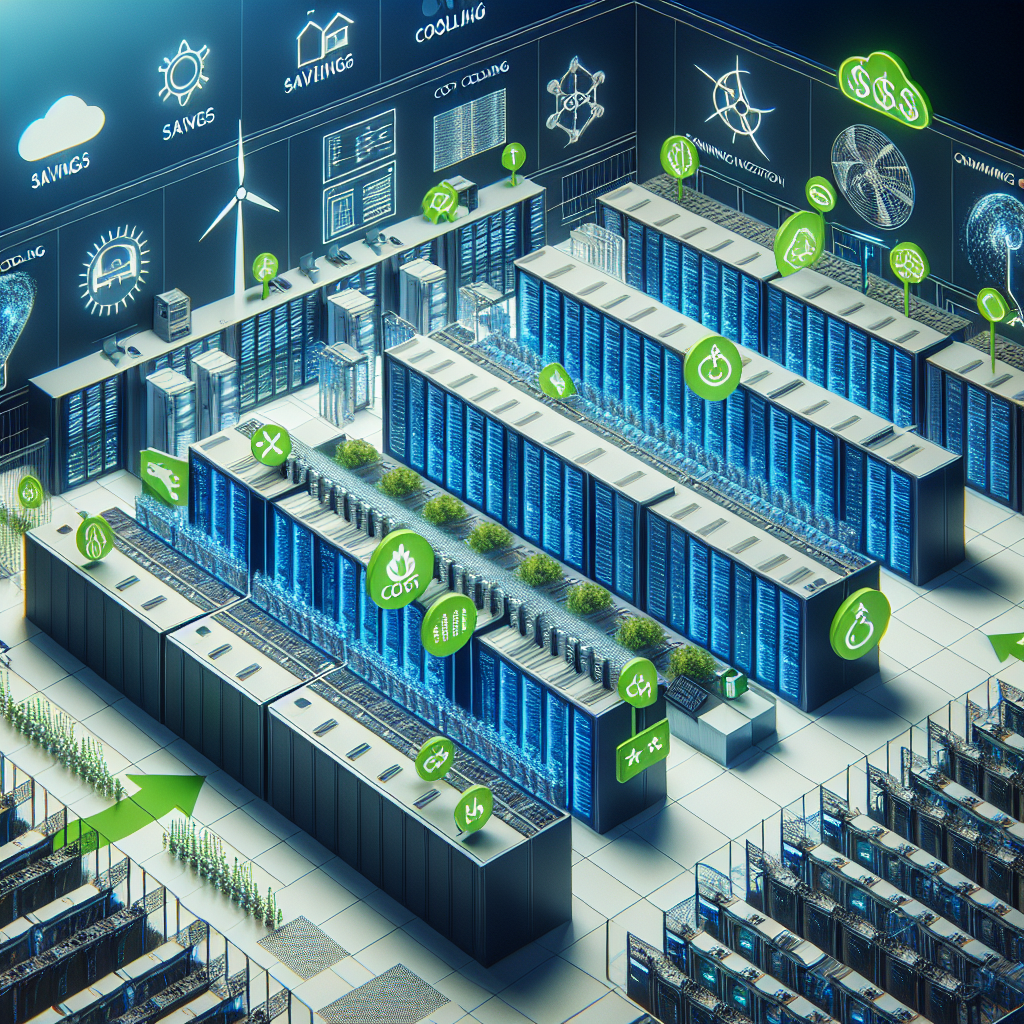Your cart is currently empty!
Strategies for Reducing Costs in Data Center Cooling

Data centers are essential for storing and processing large amounts of data for businesses and organizations. However, they also consume a significant amount of energy, particularly in cooling systems to prevent overheating of servers and other equipment. In fact, data centers can account for up to 40% of a company’s total energy consumption. As such, finding ways to reduce costs in data center cooling is crucial for improving efficiency and sustainability.
Here are some strategies for reducing costs in data center cooling:
1. Optimize airflow management: Proper airflow management is crucial for maintaining a consistent temperature in data centers. This includes ensuring that cold air is delivered efficiently to IT equipment and that hot air is removed effectively. By implementing hot and cold aisle containment systems, as well as using blanking panels and cable management solutions, data centers can optimize airflow and reduce energy consumption.
2. Implement efficient cooling systems: Investing in energy-efficient cooling systems can significantly reduce costs in data center cooling. This includes using technologies such as economizers, which use outdoor air to cool the data center when temperatures are low, and variable speed fans, which adjust airflow based on cooling needs. Additionally, consider using free cooling solutions, such as air-side or water-side economizers, to reduce reliance on mechanical cooling systems.
3. Utilize temperature and humidity sensors: Monitoring temperature and humidity levels in data centers can help optimize cooling systems and prevent overcooling. By using sensors to adjust cooling settings based on real-time data, data centers can reduce energy consumption and lower costs. Additionally, consider implementing hot and cold aisle containment systems to further improve temperature regulation.
4. Regular maintenance and upgrades: Regular maintenance of cooling systems is essential for ensuring optimal performance and efficiency. This includes cleaning air filters, checking for leaks, and replacing outdated equipment. Additionally, consider upgrading to more energy-efficient cooling systems, such as chilled water systems or evaporative cooling, to further reduce costs in data center cooling.
5. Virtualization and consolidation: Virtualizing servers and consolidating workloads can help reduce the overall heat output in data centers, thereby reducing the need for cooling. By optimizing server utilization and reducing the number of physical servers, data centers can lower energy consumption and cooling costs. Additionally, consider implementing server virtualization technologies to improve efficiency and reduce energy usage.
In conclusion, reducing costs in data center cooling is essential for improving efficiency and sustainability. By implementing strategies such as optimizing airflow management, utilizing efficient cooling systems, monitoring temperature and humidity levels, maintaining and upgrading cooling systems, and virtualizing servers, data centers can lower energy consumption and costs. By taking proactive steps to improve cooling efficiency, businesses and organizations can enhance their data center operations and reduce their environmental impact.

Leave a Reply